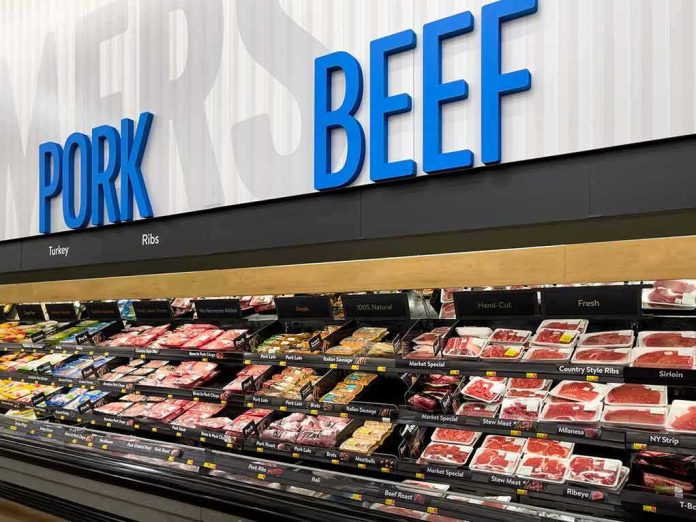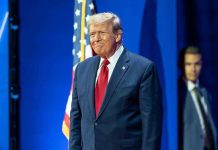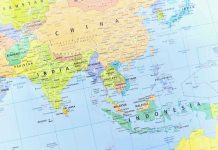
Australia’s sudden reversal on U.S. beef imports is a remarkable testament to President Trump’s relentless pursuit of fair trade and common sense.
At a Glance
- Australia lifts long-standing restrictions on U.S. beef imports, reversing a policy rooted in past BSE concerns.
- President Trump’s threat of tariffs on Australian imports played a pivotal role in this policy shift.
- The decision is expected to boost U.S.-Australia trade relations and open new markets for American beef producers.
- Concerns remain about the impact on the Australian cattle industry and biosecurity standards.
Australia’s Policy Reversal: A Game Changer
Australia announced a significant policy reversal on July 24, 2025, easing restrictions on U.S. beef imports. This decision marks the end of a de facto ban imposed in 2003 following the U.S. outbreak of bovine spongiform encephalopathy (BSE), commonly known as mad cow disease. Despite technically lifting the ban in subsequent years, Australia maintained strict biosecurity measures that effectively limited U.S. market access. This shift is expected to significantly enhance trade relations and is seen as a victory for President Trump’s aggressive trade tactics.
President Trump had been critical of Australia’s restrictions, deeming them unfair trade barriers. In April 2025, he threatened to impose tariffs of at least 10% on Australian imports, including steel and aluminum, unless these beef restrictions were addressed. This tough stance appears to have paid off, demonstrating the effectiveness of using economic leverage to drive policy changes with trading partners.
Diplomatic and Economic Implications
The policy shift is expected to open new markets for U.S. beef producers, providing a significant boost to American agriculture. The U.S. has improved its cattle tracking systems, addressing several of Australia’s biosecurity concerns, which played a key role in the decision. Secretary of Agriculture Brooke L. Rollins hailed the move as a “major trade breakthrough,” crediting the Trump administration’s negotiating prowess.
For Australia, this decision represents a delicate balancing act between maintaining strong diplomatic ties with the U.S. and protecting its domestic cattle industry. While the U.S. gains an important market, Australian beef producers now face increased competition at home, leading to concerns about potential impacts on local prices and industry sustainability.
Potential Challenges and Concerns
Despite the optimistic outlook for U.S. exports, the Australian cattle industry has expressed concerns about the increased competition and potential biosecurity risks. Australia’s reputation as a BSE-free zone is a crucial aspect of its agricultural exports, and any perceived lowering of biosecurity standards could have far-reaching implications.
The timeline for implementing this policy shift remains unclear, adding a layer of uncertainty to the already complex trade relationship. Additionally, while the immediate threat of U.S. tariffs may have subsided, no formal announcement has been made regarding their removal, leaving Australian exporters in a state of limbo.
A Win for American Trade Strategy
The lifting of Australia’s beef import restrictions is a testament to the power of assertive trade policy and negotiation. It sets a precedent for resolving agricultural trade disputes through a combination of technical improvements and economic leverage. This development could influence other countries to reassess their own trade barriers and biosecurity measures concerning U.S. beef.
For the U.S., this victory strengthens its position in future trade negotiations, showcasing how strategic pressure can open new markets and enhance economic ties. For Australia, the decision tests its ability to balance international trade relationships with domestic industry protection, a challenge faced by many countries in today’s globalized economy.
Sources:
Australia Eases U.S. Beef Import Restrictions in Response to Trump’s Ban Criticisms
Australia’s Trade through Time | Department of Foreign Affairs and Trade









